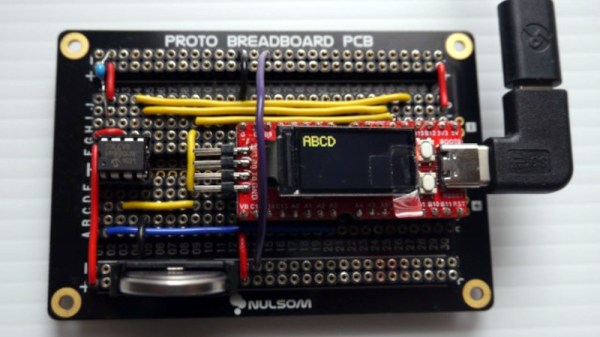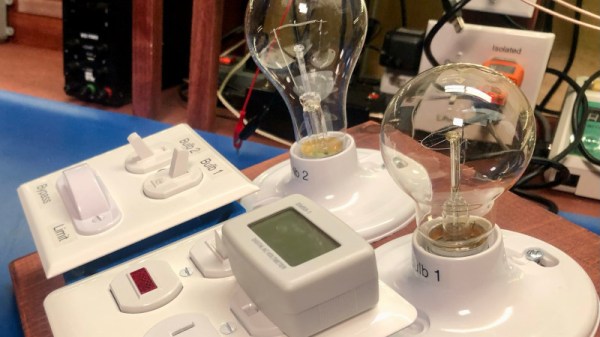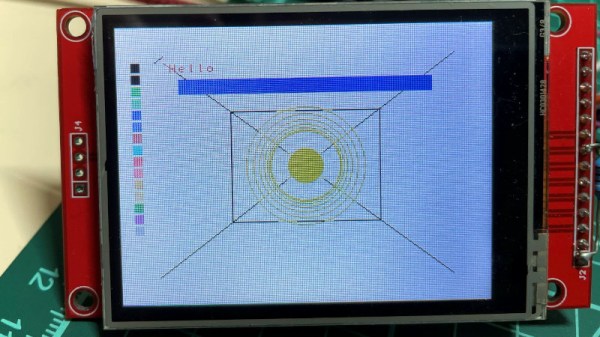It’s an unfortunate reality these days that if you see a cheap piece of consumer electronics, there’s a good chance its only cheap because it’s designed to lock you into some ecosystem where you’ll either end up paying a subscription, or worse, have your personal information sold behind your back. One of the best tools we have against these sort of anti-consumer practices is the development of open source firmware replacements that put control of the device into the hands of the community, rather than a corporation.
Now, thanks to the work of [Jonathan Armstrong] we have such a firmware for the 433 MHz magnetic door and window sensors that you can pick up on AliExpress for $4 USD a piece. The new firmware not only ensures you can use these sensors with a wide array of receivers, but adds a number of new features over their stock configuration. Continue reading “Low-Cost 433 MHz Door Sensors Get Open Firmware”

















